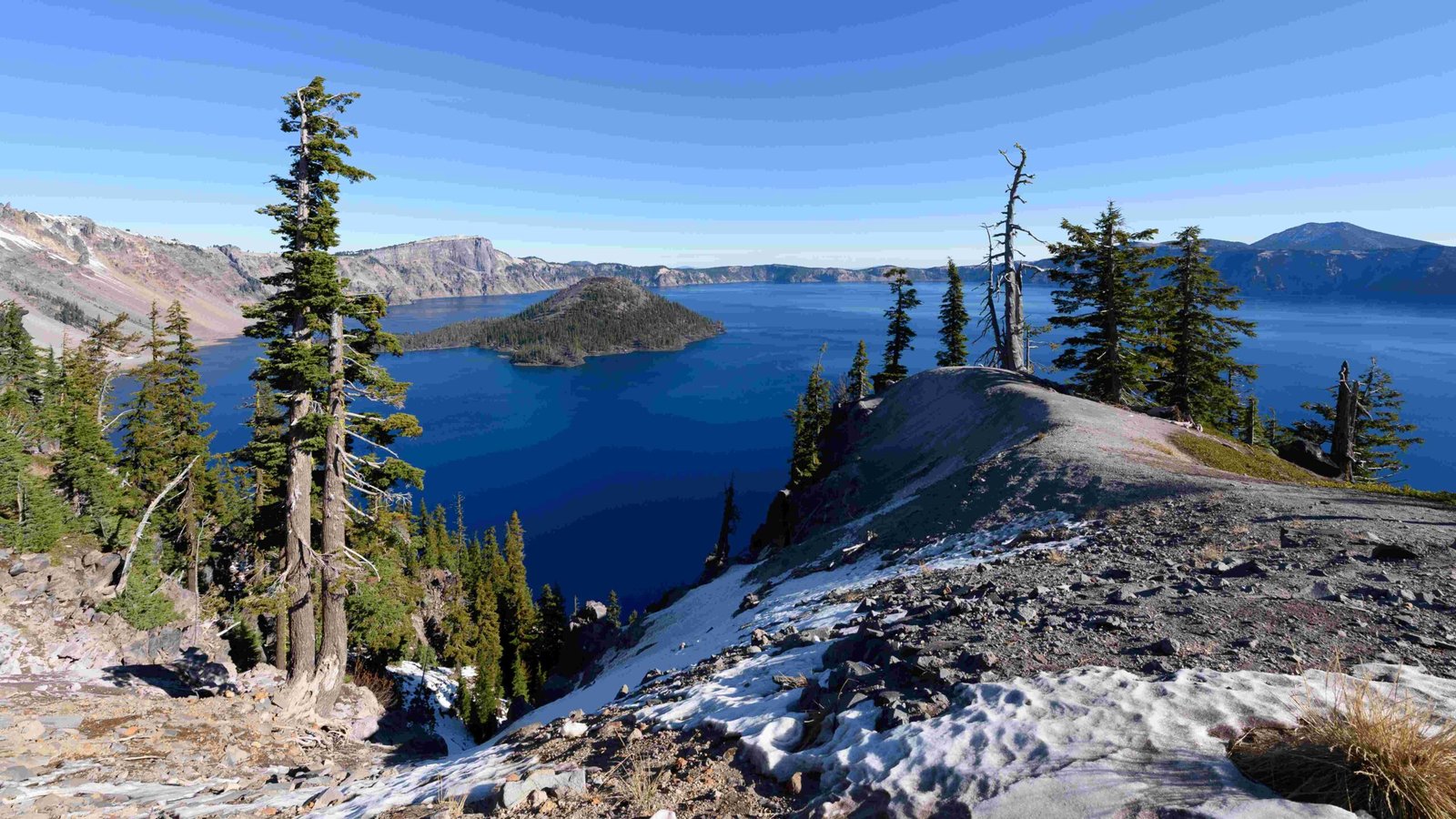Crater Lake National Park offers exceptional star gazing opportunities due to its remote location and minimal light pollution. The park’s high elevation and clear mountain air provide ideal conditions for observing celestial objects. Visitors can enjoy breathtaking views of the Milky Way, planets, and constellations from various locations around the lake. This article explores the best spots, tips, and essential information for an unforgettable star gazing experience near Crater Lake.
Where Are the Best Locations for Star Gazing Near Crater Lake?

Crater Lake National Park boasts several prime locations for star gazing, each offering unique advantages:
- Rim Village
- Coordinates: 42.9233° N, 122.1167° W
- Elevation: 7,000 feet (2,134 meters)
- Accessibility: Car-friendly with parking facilities
-
Wheelchair accessible with paved paths
-
Watchman Peak
- Coordinates: 42.9464° N, 122.1133° W
- Elevation: 8,013 feet (2,443 meters)
- Accessibility: Moderate 0.8-mile hike with 420-foot elevation gain
-
Not fully wheelchair accessible
-
Garfield Peak
- Coordinates: 42.9042° N, 122.0933° W
- Elevation: 7,976 feet (2,457 meters)
- Accessibility: Moderate 1.7-mile hike with 1,000-foot elevation gain
- Not fully wheelchair accessible
How Do These Star Gazing Spots Compare?

| Location | Visibility | Light Pollution | Accessibility | Best For |
|---|---|---|---|---|
| Rim Village | Excellent | Minimal | Easy | All visitors, including those with mobility issues |
| Watchman Peak | Panoramic | Minimal | Moderate | Hikers seeking elevated views |
| Garfield Peak | Unobstructed | Minimal | Moderate | Adventurous stargazers |
All three locations offer exceptional visibility due to Crater Lake’s status as one of the National Park Service’s top 10 dark sky locations. The remote setting ensures minimal light pollution, creating ideal conditions for observing celestial objects.
When Is the Best Time for Star Gazing Near Crater Lake?
The optimal times for star gazing near Crater Lake are:
- After sunset and before dawn when the sky is darkest
- Summer months for enhanced sky transparency
- Nights without a full moon and clear skies
Avoid nights with a full moon or cloudy weather for the best viewing experience. Venus and other bright stars become visible shortly after sunset, with more celestial objects appearing as the night progresses.
What Equipment Should I Bring for Star Gazing Near Crater Lake?
To enhance your star gazing experience, consider bringing:
- Binoculars or a telescope for detailed observations
- A blanket for comfort
- Hot cocoa or warm beverages
- Warm clothing (even in summer, nights can be cold)
- Red flashlight to preserve night vision
- Star charts or astronomy apps for celestial navigation
Are There Any Park Regulations for Star Gazing Near Crater Lake?
While there are no specific regulations against star gazing, visitors must adhere to general park rules:
- Follow Leave No Trace principles
- Keep noise levels down to respect other visitors
- Service animals are allowed, but other pets are restricted in most areas
- Adhere to park hours and designated viewing areas
What Amenities Are Available for Star Gazers Near Crater Lake?
Star gazers can take advantage of the following amenities:
- Parking: Available at Rim Village and near trailheads for Watchman Peak and Garfield Peak
- Restrooms: Located at Rim Village and near major trailheads within the park
- Visitor Centers: Provide information on current sky conditions and park events
- Ranger-Led Programs: Occasional night sky viewing events (check park’s summer/fall newspaper for schedules)
How Can I Prepare for a Safe Star Gazing Experience Near Crater Lake?
To ensure a safe and enjoyable star gazing experience:
- Check weather forecasts before your visit
- Inform someone of your plans, especially if hiking to remote locations
- Bring plenty of water and snacks
- Use sturdy footwear and dress in layers
- Carry a first-aid kit and emergency supplies
- Be aware of wildlife and maintain a safe distance
What Celestial Objects Can I Expect to See When Star Gazing Near Crater Lake?
Depending on the time of year and sky conditions, you may observe:
- The Milky Way galaxy in stunning detail
- Planets such as Venus, Jupiter, Saturn, and Mars
- Constellations like Orion, Ursa Major, and Cassiopeia
- Meteor showers during peak times (e.g., Perseids in August)
- Deep-sky objects like the Andromeda Galaxy and Orion Nebula
How Does Light Pollution Affect Star Gazing Near Crater Lake?
Crater Lake’s remote location and designation as a dark sky park ensure minimal light pollution. This allows for:
- Clearer views of faint celestial objects
- Enhanced visibility of the Milky Way
- Better contrast for observing planets and stars
- Opportunities to see rare phenomena like the zodiacal light
The park’s commitment to preserving dark skies makes it an ideal destination for both amateur and experienced astronomers.
Are There Any Organized Star Gazing Events Near Crater Lake?
While regular events are not scheduled, Crater Lake National Park occasionally offers:
- Ranger-led night sky programs
- Astronomy-themed talks and presentations
- Special events during celestial phenomena (e.g., eclipses or meteor showers)
Check with the park’s visitor centers or official website for up-to-date information on upcoming events.
By following these guidelines and taking advantage of the park’s exceptional dark sky conditions, visitors can enjoy an unforgettable star gazing experience near Crater Lake. The combination of high elevation, clear air, and minimal light pollution creates a perfect setting for exploring the wonders of the night sky in one of America’s most beautiful national parks.
References:
1. https://crystalcreekmountainlodge.com/stargazing/
2. https://peakvisor.com/park/crater-lake-national-park.html
3. https://www.nps.gov/crla/planyourvisit/accessibility.htm

